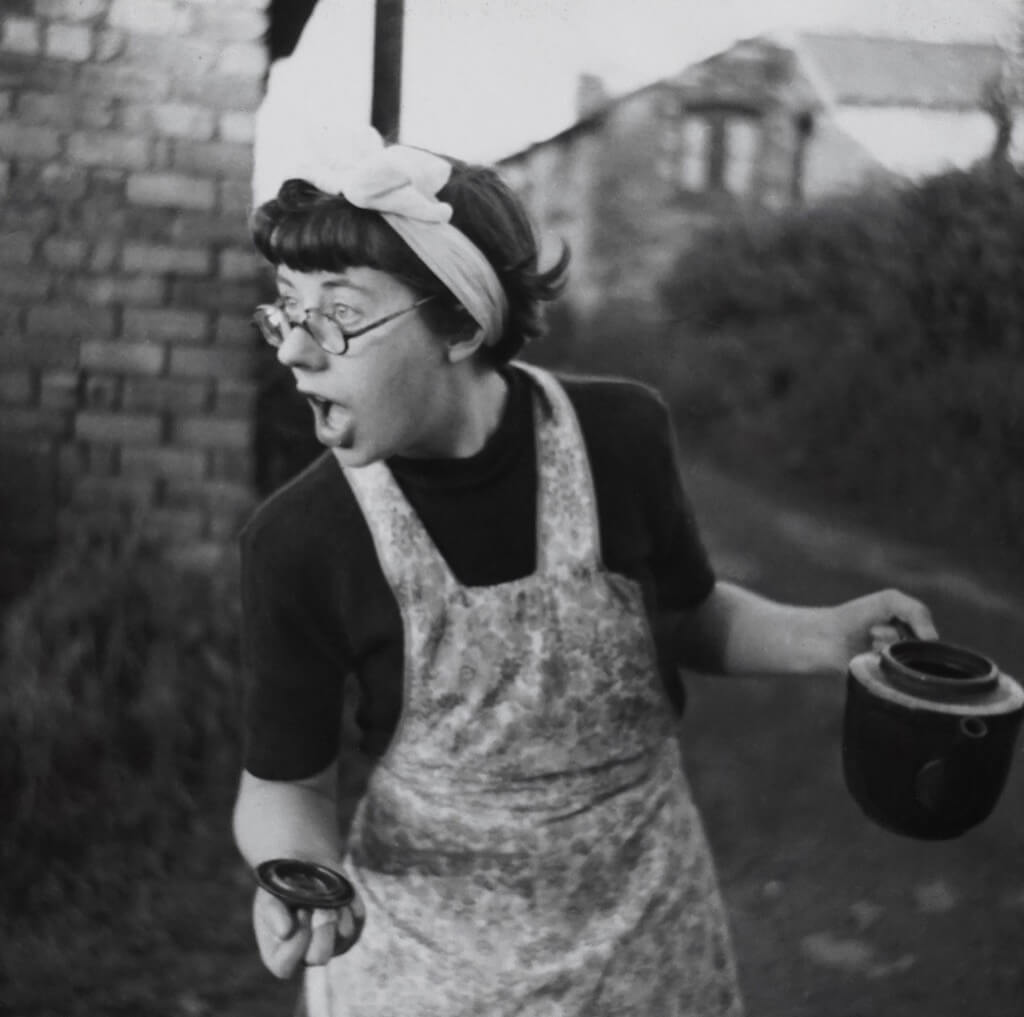In the realm of vegetables, carrots hold a special place. These crunchy and vibrant root vegetables have long been a staple in our diets. But when it comes to baby carrots, the story takes a unique twist. In this exploration, we’ll delve into the intriguing world of baby carrots, uncovering the origins, production, and dispelling myths surrounding these bite-sized delights.
Contrary to the commonly held belief, “true” baby carrots are not the result of slicing regular carrots into smaller versions. Instead, they are cultivated by farmers to naturally remain small. Often, these “true” baby carrots are simply regular carrots harvested before reaching full maturity. These tiny carrots possess the same conical shape as their full-grown counterparts but are a mere fraction of the size. They are carefully nurtured by farmers who thin their carrot crops, allowing them to produce these delightful miniatures. Some farmers even choose to harvest entire fields of young carrots, complete with their green stems, to sell as baby carrots with a touch of authenticity.
The baby carrots that line the shelves of grocery stores today are a far cry from their authentic counterparts. It was only in 1989 that baby carrots, as we know them now, made their grand entrance into the world of retail. The mastermind behind this transformation was Max Yurosek, a prosperous carrot farmer hailing from California. Faced with the challenge of utilizing the 400 tons of carrot cull his plant processed daily, Yurosek sought a solution. These cull carrots, often broken or deformed, were unsuitable for supermarket sale, resulting in staggering crop wastage—sometimes up to seventy percent.
A Farmer’s Ingenious Solution
Max Yurosek embarked on an experiment in 1986 that would forever change the fate of “ugly” carrots. Armed with an industrial potato peeler and a green bean slicer, he began crafting smaller carrots from the cull. Yurosek sent these petite carrots to a major west coast supermarket chain for feedback, not anticipating the enthusiastic response he would receive. The chain’s reply was unequivocal: they wanted more of these mini carrots.
Over the years, the production process for baby carrots has evolved and streamlined. According to Personality, a white flush on the surface of baby carrots is said to be the result of a chlorine bath. The FDA oversees this process, which results in water with a chlorine content approximately 90% lower than that of ordinary tap water. Carrots are planted close together at farms like Grimmway Farm, a prominent U.S. carrot producer. This planting method ensures that the carrots grow straight, reducing the need for trimming in later stages. Once harvested by a specialized machine, the carrots are transported to processing facilities, where they undergo a cleansing process. Water and luges are used to remove loose debris and disinfect the carrots with a minimal amount of chlorine present in the water.
The Transformation
The next step involves slicing the carrots into two-inch sections. Subsequently, these carrot sections spend one to five days at Grimmway Farm before they are peeled and smoothed with a spiral slide made of grated material. The final sorting takes place before the carrots are packed and sent to retailers. Any residual carrot bits removed during the peeling process find their purpose as cattle fodder or compost.
In recent years, concerns have arisen regarding the use of chlorine in the production of baby carrots. Chain emails circulated, claiming that baby carrots were soaked in a chlorine bath, and the white blush on their surface was a result of chlorine seeping out. Bolthouse Farms, the largest global grower of baby carrots and the second-largest U.S. carrot producer, took action to address these rumors. They launched a website to refute the claims and shed light on the production process.
The FDA’s Oversight
In reality, the FDA strictly governs the process, ensuring food safety standards are met. The amount of chlorine used in water during carrot processing is approximately ninety percent lower than the chlorine levels commonly found in tap water. This minimal chlorine exposure is a necessary precaution to protect consumers from foodborne illnesses like E. coli and Listeria. It’s important to note that the white blush on carrots is not caused by chlorine but rather results from dehydration. Soaking carrots in water for a period can often restore their vivid orange hue.
Baby carrots have become a popular snack choice, known for their convenience and sweet flavor. But have you ever wondered about the production process behind these bite-sized delights? Let’s take a closer look at the pros and cons of how baby carrots are made.
Pros of Baby Carrot Production
Reduced Food Waste
One significant advantage of baby carrot production is its role in reducing food waste. Carrots that don’t meet the aesthetic standards for full-size carrots, often referred to as “cull” carrots, would otherwise go to waste. Baby carrot production allows these carrots to find a purpose, minimizing crop wastage.
Convenience for Consumers
The small, uniform size of baby carrots makes them incredibly convenient for consumers. They require minimal preparation, making them an excellent choice for on-the-go snacking. This convenience factor has contributed to the popularity of baby carrots as a healthy snack option.
Increased Carrot Consumption
Baby carrots have played a role in increasing carrot consumption. Their bite-sized nature appeals to both children and adults, encouraging more people to incorporate carrots into their diet. This, in turn, contributes to improved overall nutrition.
Improved Appearance
Baby carrots are visually appealing due to their uniform size and shape. This makes them an attractive addition to salads, vegetable trays, and other dishes, enhancing the overall presentation of meals.
Enhanced Food Safety
The baby carrot production process involves cleaning and sanitizing the carrots with a minimal amount of chlorine. This step is crucial for reducing the risk of foodborne illnesses like E. coli and Listeria, enhancing the safety of the final product.
Cons of Baby Carrot Production
Loss of Nutritional Value
One drawback of baby carrots is the potential loss of nutritional value during processing. Carrots are typically peeled, and the outer layer, which contains valuable nutrients and fiber, is removed. This can result in a slightly lower nutritional content compared to full-size carrots. Visit Obsessed to find out why it’s important not to peel your vegetables.
Environmental Impact
The production of baby carrots involves various stages, from planting and harvesting to processing and packaging. Each of these stages can have environmental consequences, such as water usage, energy consumption, and greenhouse gas emissions. While steps are taken to minimize these impacts, they remain a concern.
Potential Chlorine Controversy
Baby carrots have faced controversy regarding the use of chlorine in their production. Despite the low levels used for sanitation purposes, concerns have arisen among consumers about chlorine exposure. This controversy has led to misconceptions about the safety of baby carrots.
Uniformity Over Diversity
The emphasis on uniformity in baby carrot production means that carrots that deviate from the standard size and shape may go to waste. This preference for uniformity can contribute to a lack of diversity in carrot varieties.
Deceptive Marketing
One of the cons of baby carrot production is related to marketing. Some consumers may assume that baby carrots are a distinct carrot variety, unaware that they are often regular carrots that have been processed to achieve their size and appearance. This can lead to misconceptions about the origin and nature of baby carrots.
As we peel back the layers of the baby carrot mystery, we find a tale of innovation and transformation, challenging preconceived notions about these bite-sized delights. The next time you enjoy a crisp baby carrot, you can savor the knowledge of their origin and the journey that brought them to your plate.
- Enhancing Trust with Blockchain Identity Verification - January 24, 2024
- How Marijuana Turns You into a Food Lover - December 1, 2023
- Behind the Scenes of the U.S. Nuclear Gun - November 28, 2023

